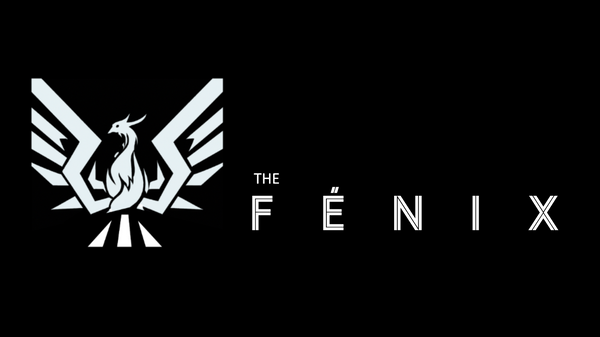The time has come to close the loop on rapid high quality habit acquisition in complex skill drills. Really, we are specifically looking at how to develop high detail habits in slip under moves, but the concept can apply to a lot of other hand skills type drills (Skating skills are not so conducive to stationary reps since the true skating motion demands pushing against the skating surface. Well, technically, there is a way…).

Skating Treadmills: A way of skating without going anywhere
What ways can we realistically hope to get stationary reps in before skaters embark on high complexity slip under drills on the ice? There are three categories of answers to this question and one of them has two versions. The categories are off-ice, group on-ice, and built into the start of the drill.
1(A) – Off-ice at home
This option is very much out of the coach’s control and that means that, to a first approximation, it won’t happen. Basically, a player can develop high quality habits in their home environment, and it will pay off as they put the pieces together (skating plus the puckhandling skill developed at home) on the ice.
If this is out of the coach’s control and thus, mostly, won’t happen, why include it here? The information here is not just for coaches. Players and parents of players read this too. And any influence in the direction of getting skill development time in at home is a significant mission of this blog.
To back that up, I ask you to think of the greatest NHL player that has had the bulk of their career in the new millennium. Very few NHL fans will argue that Sydney Crosby is at least in the top three at this point, if not number one. Well, maybe the most important image in the world of hockey development is Sydney Crosby’s family’s clothes drier. It is a mess of hockey puck impacts and is a testament to the number of hours he put in at home to become the player he is/was.
Image Removed: Crosby Family Dryer
And when it comes to slip unders, you can be like Syd the Kid and be resourceful (as he was apparently resourceful in using the dryer to protect the wall behind it). Someday maybe you’d like to bring a dedicated slip under device like the FÉNIX into the home and have the premium experience, but in the meantime, find an old broom and lean it against a chair.
So, parents and players… find a way. Find a way to put that time in at home whether you are working on slip unders, shooting, or whatever hockey skill!
1(B) – Off-ice work around the rink with the team
With this one we are back in the realm of coach control. If coaches want to develop high quality habits quickly in an upcoming slip-under-focused practice, putting in the time as a group (in a part of the rink sanctioned by rink management for puckhandling) is a great way to go. Depending on the surface, plastic pucks or stickhandling balls may be needed. You may ask, where am I going to find something to simulate an angled stick for all those players? You’ve been too clever by half if you are going there. Just have the players partner up. One uses their stick as the slip-under dummy while the other develops their skill.
2 – Stationary group work on-ice
You can spend some precious ice time to develop some good habits in basically the same way described above for off-ice (having players partner up). The question here, do you make it a station so you can get more intensive with a small group, or do you do this stationary slip under stuff with the whole team using a whole zone or something? That may simply depend on what else is going on in that practice.
3 – Built into the start of a drill
A few stationary reps that happen within seconds of the in-motion slip-under reps to come in a slip-under drill can have an outsized impact because some of their effects will still be in short-term memory for the skater as they get to those slip unders in motion. So, a slip under or two as a prelude just before skaters “activate” into a drill can be an ideal way to create the habit building effect we are looking for.
Slip under drills on ice typically do require a sizable number of devices to be strewn about the ice. Can we spare any for these stationary reps at the start of a drill? Maybe not. If not, just have the 2nd player in line go out in front of the player who is about to go and we can use them as a slip-under dummy for these stationary reps. One note of caution: When coaches first implement this, they should be ready to adjust timing to make sure the spaces between players don’t get too long given the added stationary reps. Adjust as needed.
The elite versions of these slip under skills are far from the simple slip unders most youth players do when they first try slip under drills. In order to illustrate the details that must be executed correctly to match up with the elite versions of slip under skill, I am tempted to once again add the “core habits” video that was included in each of the last two weeks’ blog posts. Instead, I’ll just link you to last week’s post where you can scroll and find it if you’d like to understand the subtleties of technique that make high-end slip unders more complicated than one may expect. Regardless, remember that one should use stationary reps as a shortcut toward the detail-level required for players to possess those elite variants of slip under skill!
